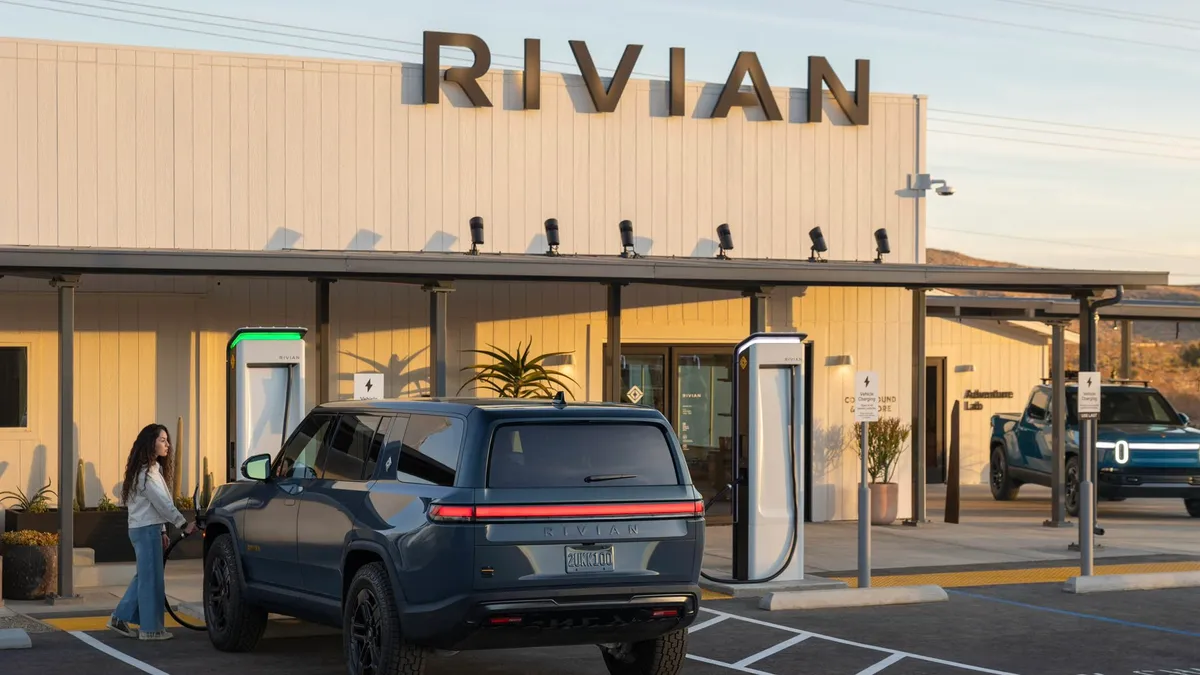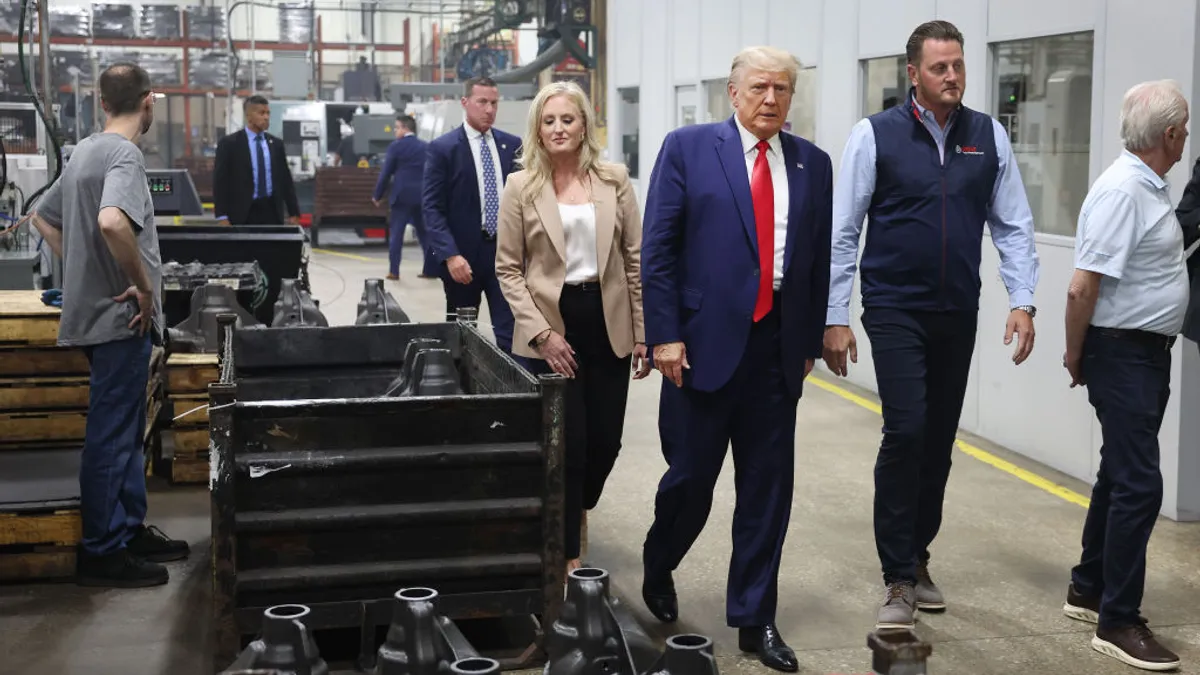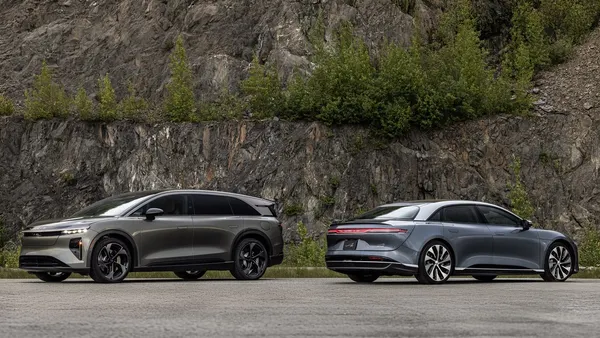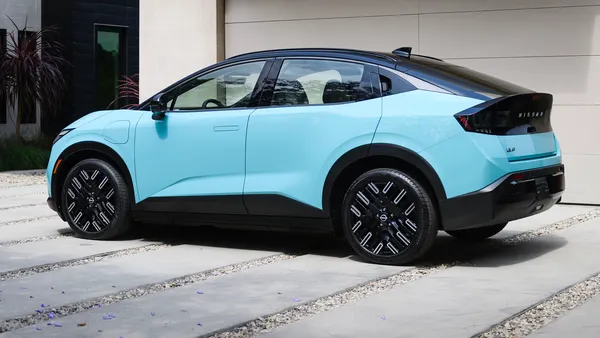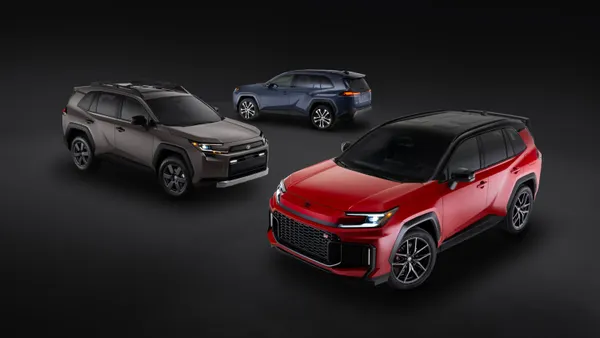Dive Brief:
- The California Department of Motor Vehicles on Tuesday suspended Cruise’s permit to operate and test driverless autonomous vehicles in the state. The General Motors subsidiary misrepresented the safety of its vehicles’ technology, and its robotaxis are not safe for public operation, the department said in a statement.
- The DMV’s decision follows its review of Cruise-provided video showing one of its robotaxis hitting a pedestrian on Oct. 2 and dragging her 20 feet at up to 7 mph. The collision left the pedestrian with traumatic injuries.
- Cruise originally withheld the full video of the collision from the DMV, omitting the portion where the pedestrian was dragged by the robotaxi, the department told Bloomberg. The DMV only learned of the vehicle’s post-collision movement from the National Highway Traffic Safety Administration, which is also evaluating the safety of Cruise’s robotaxis, Bloomberg reported.
Dive Insight:
Cruise began operating its driverless ride-hailing service in San Francisco in the summer of 2022 and soon raised the ire of city officials for “numerous reports” of its robotaxis interfering with emergency responders, construction workers and public transit, according to San Francisco City Attorney David Chiu.
Despite the city’s objections, the California Public Utilities Commission authorized Cruise and competitor Waymo in August to operate vehicles without human drivers throughout San Francisco 24 hours a day. Within days of the approval, two Cruise vehicles were involved in collisions, prompting the DMV to ask Cruise to cut its San Francisco operations by 50%. Cruise agreed to deploy no more than 50 driverless vehicles during the day and 150 at night.
Following the Oct. 2 pedestrian crash, the National Highway Traffic Safety Administration opened a preliminary evaluation into the safety of Cruise self-driving vehicles around pedestrians. NHTSA also has an open investigation regarding incidents where Cruise vehicles stopped on the road, creating a danger for passengers and other drivers.
In a series of posts on X, formerly known as Twitter, Cruise said that its autonomous vehicle “braked aggressively before impact and because it detected a collision, it attempted to pull over to avoid further safety issues. When the AV tried to pull over, it continued before coming to a final stop, pulling the pedestrian forward.” Cruise added, “Shortly after the incident, our team proactively shared information with the CA DMV, CPUC, and NHTSA, including the full video.”
But robotaxi operators may have a ways to go to convince consumers of their safety. In a J.D. Power study released last week, the consumer analytics company found that “only 27% of non-riders are comfortable sharing the road with robotaxis and just 20% of all consumers nationally are comfortable with AV technology being tested on streets and highways near them.” Three-fifths of both robotaxi riders and non-riders say they don't believe the vehicles drive any better than a human driver.
Labor leaders have been skeptical of autonomous vehicles. The International Brotherhood of Teamsters held rallies Tuesday at Cruise headquarters in San Francisco and Waymo’s Los Angeles office to protest the expansion of their self-driving cars.
In a Tuesday statement following the DMV’s decision, Teamsters Western Region International Vice President and Secretary-Treasurer of Teamsters Local 856 Peter Finn said, “Regulatory bodies should have enough foresight and operational savvy to know that the responsible thing to do is to make sure that automated driving systems are safe before they are introduced to the general public – not after they are introduced, and certainly not after driverless cars have caused traffic jams, injuries, and obstructions to first responders.” The union has also opposed efforts to introduce autonomous heavy-duty trucks in California.






